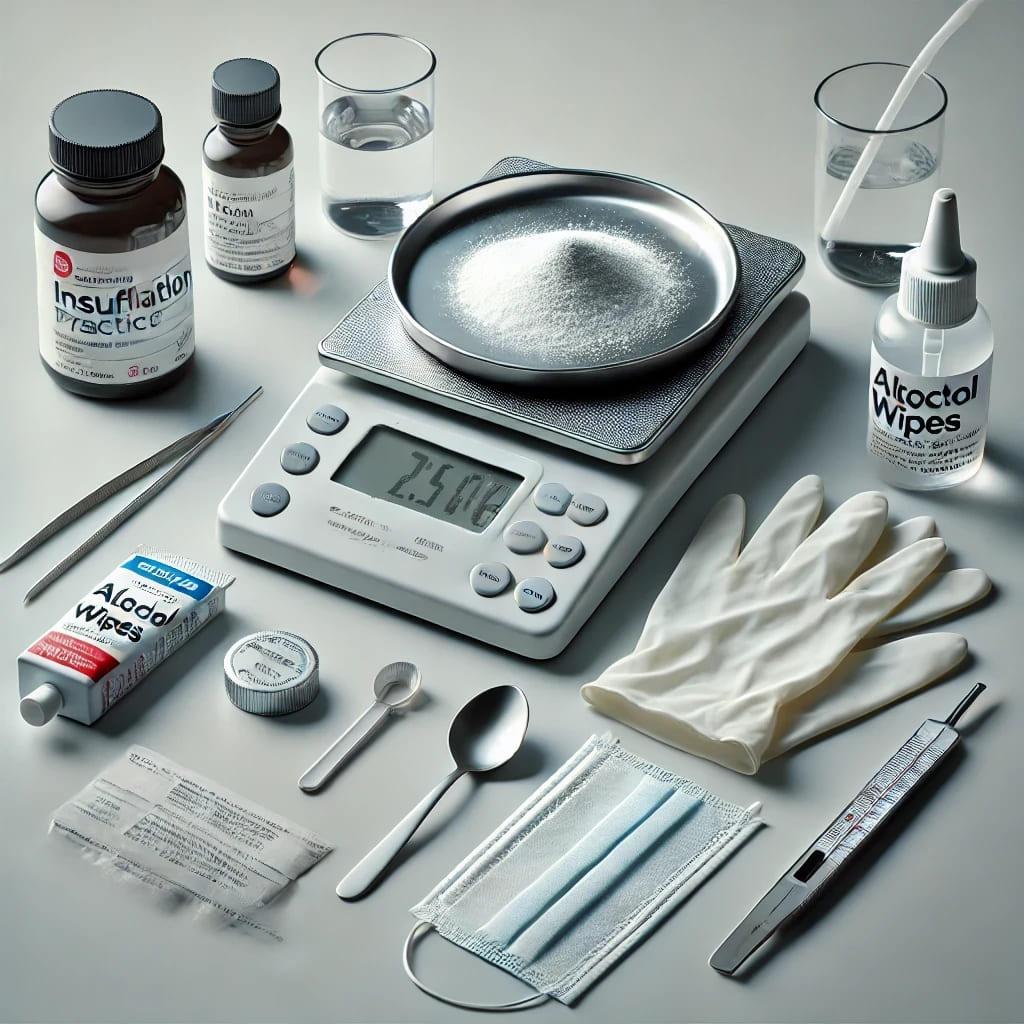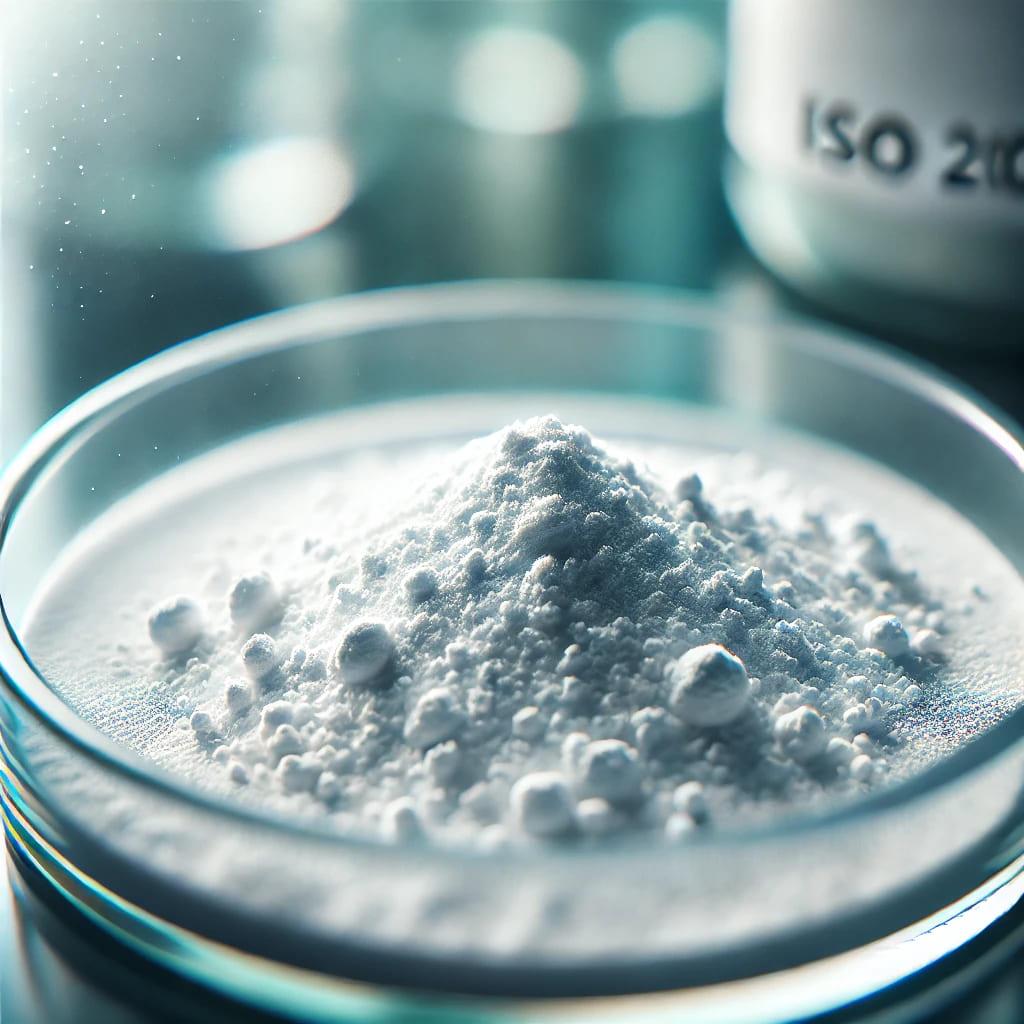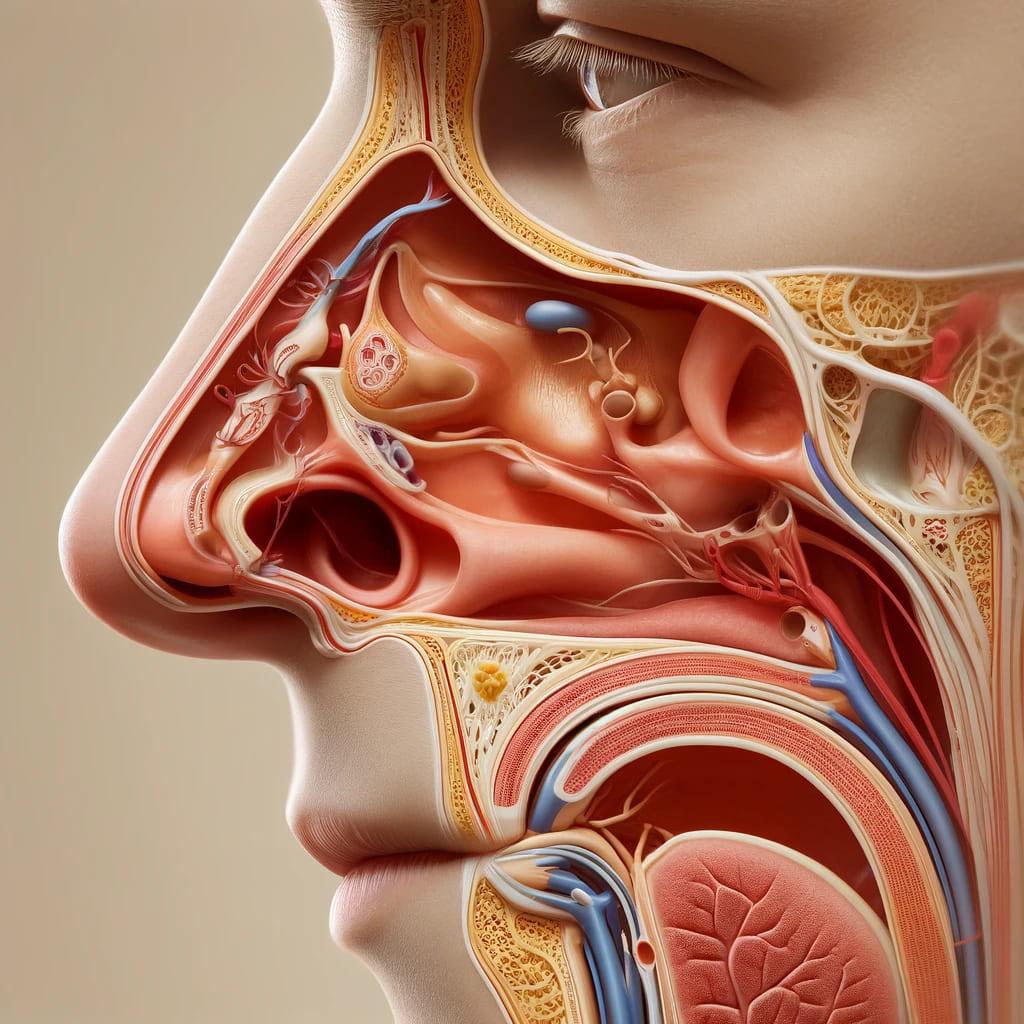⚠️ Disclaimer:
This blog is for informational and educational purposes only. We do not encourage or condone the use of any drugs. The substances mentioned may include Research Chemicals that are not for human consumption. All products are sold for laboratory research only. Always follow your local laws and safety guidelines.
What is Insufflation?
Insufflation — or nasal drug administration — is when a powder is inhaled through the nose. It’s absorbed through the mucous membranes lining the nasal passages and enters the bloodstream quickly.
This method bypasses the digestive system and can produce faster effects compared to oral use.
How Does It Work?
When a substance is insufflated:
- It sticks to the moist nasal lining.
- Blood vessels absorb the substance directly.
- It enters the bloodstream fast — often within 1 to 15 minutes.
It’s faster than oral ingestion, slower than intravenous injection, and ideal for compounds with high nasal bioavailability.
How to Measure the Right Dosage
Insufflation often makes substances more potent, so lower doses are usually needed.
Dosage tips:
- Always use a milligram scale (0.001g accuracy).
- Start with a low test dose (especially with new compounds).
- Check nasal bioavailability — not all drugs work well via this method.
- Wait before re-dosing to avoid overuse.

Liquids for Nasal Sprays (If Applicable)
Some researchers prepare nasal sprays using active substances dissolved in water. This must be done with care.
Safe liquid options:
- Sterile saline (0.9%) – ideal for nasal rinses or dilution.
- Distilled water – can be used for spray solutions if the compound is water-soluble.
- ❌ Avoid alcohol, tap water, or strong chemicals.
Note: Not all substances dissolve in water. Poorly soluble powders may cause irritation or clogging. Read more: https://rechemco.to/2024/12/14/freebase-hcl-fumarate-blog/
Harm Reduction Tips
- Finely crush the powder to avoid nasal damage.
- Use clean, individual tools — don’t share sniffers.
- Alternate nostrils to prevent local irritation.
- Rinse nose with sterile saline before and after use.
- Stay hydrated and rest if irritation occurs.
- Avoid mixing drugs, especially uppers and downers.
Safety Guidelines
- Never insufflate unknown or mislabeled substances.
- Research the drug’s nasal safety and solubility.
- Always allergy-test new substances with microdoses.
- Label everything clearly and store safely.
- Don’t mix insufflation with alcohol or depressants.
Final Thoughts
Insufflation is a fast and effective route of administration used in both medical and research settings. When handled with knowledge and care, risks can be reduced — but never eliminated.
Once again, this blog does not encourage drug use. Our products are sold for research purposes only and are not intended for human consumption under any circumstances.
Stay safe. Stay informed.



As you said anything right.Just want add cause quick action ,probably,would a have shorter half life each molecule,but more recreational,that make easier someone to repeat it,… Thanks,yes the important thing is we make right decisions to reduce side or comedown effects,if have to do with something that is acceptable by our country laws to do it,and if is ok ,then by our logic,to not loose the limits…